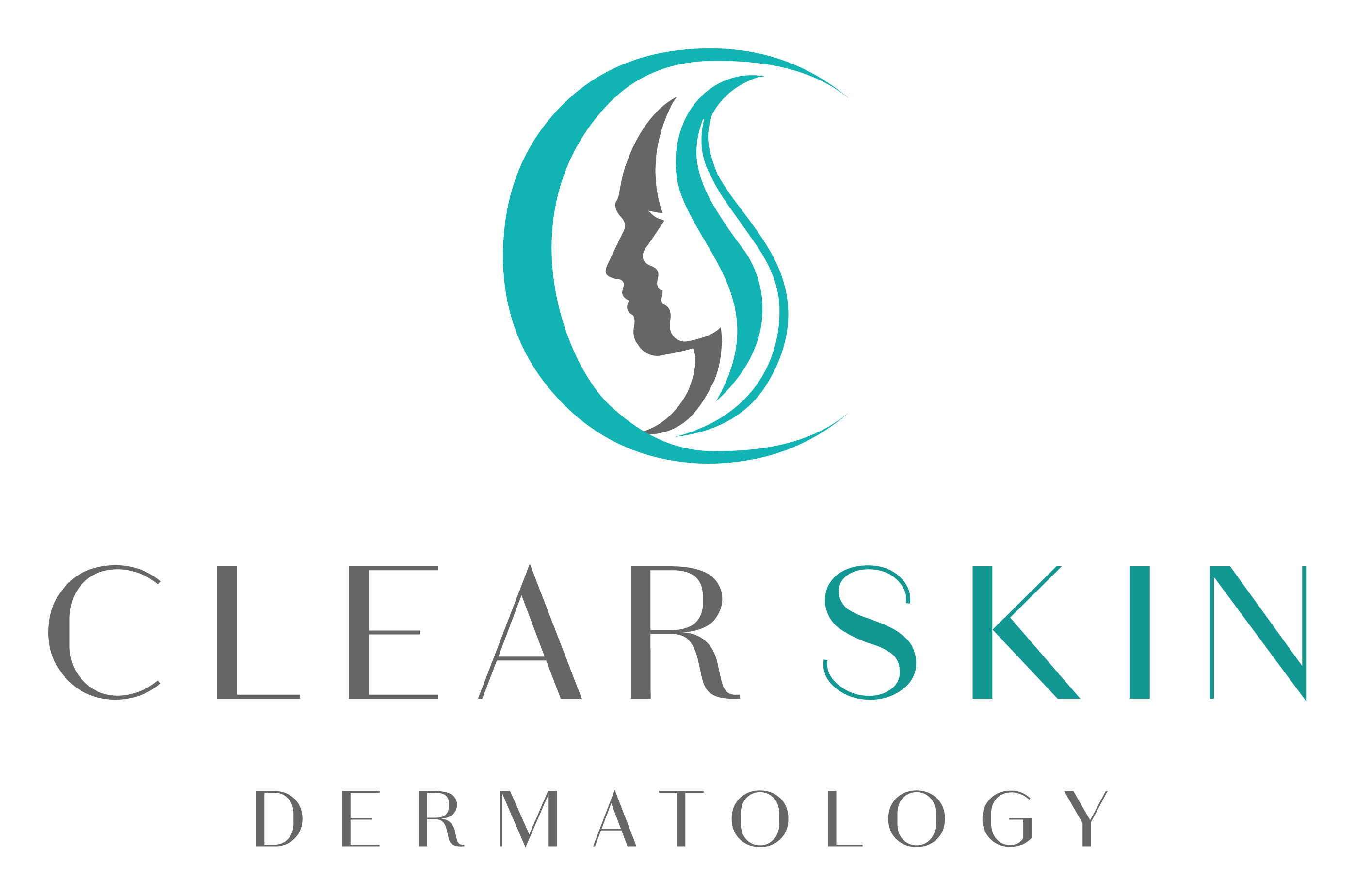At Clear Skin Dermatology, our board-certified dermatologists specialize in treating acne, eczema, psoriasis, skin cancer, and rosacea, restoring your skin’s health and vitality. We are committed to helping you achieve and maintain clear and healthy skin, hair, and nails.
Meet our double
board-certified dermatologist
Meet Dr. Rachel Epstein, our double board-certified dermatologist and Mohs Micrographic Surgery expert. With over 25,000 successful Mohs surgeries and 12 years of extensive training, Dr. Epstein exemplifies excellence in dermatology. Her unwavering dedication to patient-centric care ensures each individual receives personalized treatment tailored to their unique needs. Whether it’s skin cancer treatment, scar revision surgery, or acne management, Dr. Epstein offers compassionate support to help her patients achieve and maintain clear, healthy skin.
An overview of general dermatology services that Clear Skin Dermatology has to offer.

Skin, hair, and nail conditions we treat:
Acne
Acne is characterized by clogged pores, inflammation, and outbreaks of pimples, blackheads, or whiteheads. Our dermatologists create treatment plans combining topical medications, oral medications, and in-office procedures to manage acne and prevent scarring.
Eczema
Eczema is a chronic inflammatory skin condition that causes red, itchy, and dry patches. Our dermatologists offer comprehensive management strategies, including gentle skincare routines, topical corticosteroids, and phototherapy, to alleviate symptoms.
Psoriasis
Psoriasis is an autoimmune disorder that causes rapid skin cell turnover, resulting in thick, red, scaly patches. Our dermatologists offer topical treatments, systemic medications, biologic therapies, and phototherapy to control inflammation and minimize flare-ups.
Skin Cancer
Skin cancers, including melanoma, basal cell carcinoma, and squamous cell carcinoma, require prompt treatment. Our dermatologists specialize in screenings, biopsies, Mohs surgery, and other treatments to remove cancerous cells while preserving healthy tissue.

Dermatitis
Dermatitis refers to inflammation of the skin, often resulting from contact with irritants or allergens. Our dermatologists conduct thorough evaluations to identify triggers and recommend topical corticosteroids, emollients, and lifestyle modifications to manage symptoms.
Rosacea
Rosacea is a chronic inflammatory skin condition characterized by facial redness, visible blood vessels, and acne-like bumps. Our dermatologists tailor plans incorporating topical medications, antibiotics, laser therapy, and more to reduce redness and control flare-ups.
Alopecia
Alopecia, or hair loss, can have various causes, including genetics, autoimmune conditions, and hormonal imbalances. Our dermatologists determine the underlying cause and provide treatments to promote hair growth and restore confidence.
Fungal Infections
Fungal infections, such as athlete’s foot, ringworm, and nail fungus, require targeted antifungal treatments. Our dermatologists offer accurate diagnosis through examination or fungal cultures and prescribe topical or oral antifungal medications to eradicate the infection.

Skin Infections
Bacterial, viral, and parasitic infections can affect the skin, causing symptoms like redness, swelling, and itching. Our dermatologists treat skin infections with antibiotics, antiviral medications, or other treatments to alleviate symptoms and prevent complications.
Nail Disorders
Nail disorders include various conditions that affect the nails, such as fungal infections, ingrown nails, and nail psoriasis. Our dermatologists provide expert treatments like antifungal medications, nail avulsion, and topical therapies to restore nail health.
Rashes
Rashes are common skin reactions characterized by redness, itching, and irritation. Our dermatologists conduct thorough evaluations to identify the underlying cause of rashes and recommend treatments, including topical corticosteroids, antihistamines, and moisturizers.
Dermatology services and treatments we offer:
Mohs Surgery
Mohs Micrographic Surgery is a precise and highly effective technique for treating skin cancer, particularly in areas where preservation of healthy tissue is critical, such as the face. Our board-certified dermatologists meticulously remove cancerous tissue layer by layer and examine each layer under a microscope until no cancer cells remain.
Skin Cancer Treatment
Our comprehensive skin cancer treatment options include surgical and nonsurgical approaches tailored to the type, stage, and location of the cancer. Our dermatologists may recommend excisional surgery, cryotherapy, topical medications, photodynamic therapy, radiation therapy, or targeted biologic therapies to effectively eliminate cancerous cells and prevent recurrence.
Scar Revision Surgery
Scar revision surgery improves the appearance and texture of scars resulting from injury, surgery, or skin conditions. Our skilled dermatologists utilize advanced surgical techniques, such as scar excision, tissue rearrangement, laser therapy, and injectable fillers, to minimize scar visibility, restore skin function, and enhance overall aesthetic outcomes.
Skin Lesion Removal
Whether it’s a benign growth, suspicious lesion, or unwanted skin abnormality, our dermatologists offer expert skin lesion removal services to address various concerns. Using precise surgical techniques, including excision, shave biopsy, or laser therapy, we safely and effectively remove lesions while minimizing scarring and discomfort.

Achieve and maintain clear and
healthy skin in Clearwater, FL
Clear Skin Dermatology is your premier destination for achieving and maintaining clear, healthy skin in Clearwater, FL. With our state-of-the-art facility and board-certified dermatologists led by Dr. Rachel Epstein, we offer personalized treatments and advanced procedures tailored to your unique needs. From skin cancer screenings and Mohs surgery to acne management and cosmetic enhancements, we provide comprehensive care to help you look and feel your best. Take the first step towards radiant skin by scheduling a consultation today.



